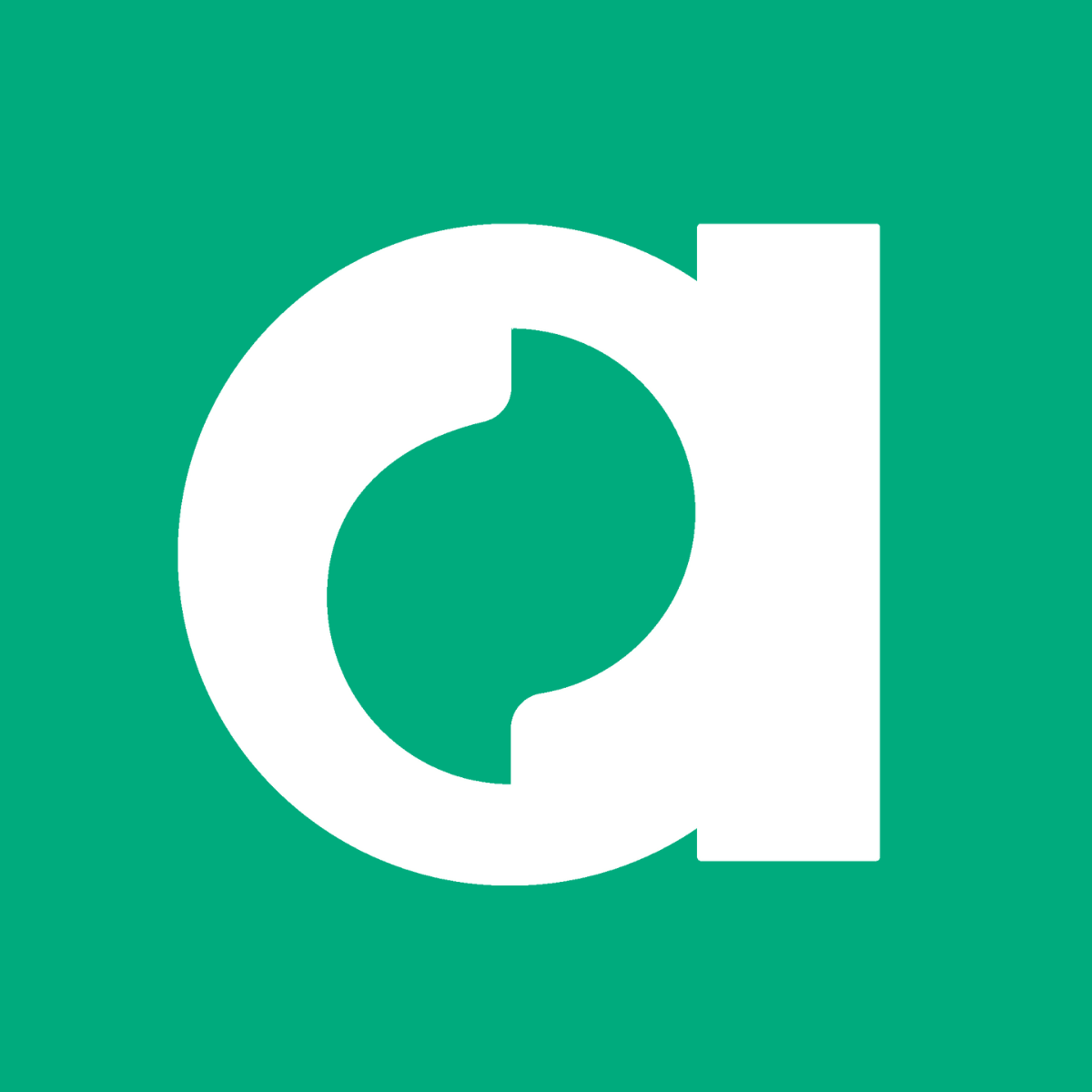New EU medical device regulations are approaching fast – what role will translation and localization play in making them viable?
Manufacturers of medical devices for the EU market will soon have more requirements to comply with as part of the European Medical Device Regulation (MDR) for general medical devices and the In-Vitro Diagnostics Regulation (IVDR) for in-vitro diagnostic medical devices. They’re lengthy, complicated, challenging to translate, and must be 100% complied with in order to place a medical device on the EU market. On top of that, they’ll take effect in short order – the MDR goes into effect on May 26, 2020 (The European Commission postponed the MDR Deadline for one year, to 26 May 2021, to give medical device companies a chance to focus on the current COVID-19 pandemic), with the IVDR following on May 16, 2022. With that in mind, it’s important to consider the implications of language and the vital role that translation will play.
In so many words…
Translation and localization are critical to maintaining regulatory compliance and guaranteeing the safe use of medical devices. All EU citizens have the right to communicate with governmental institutions in any of the official languages designated for each member state, and all content for the users of medical devices traded in the EU must be available in the official languages of any member state where the products are distributed. The language of the regulations themselves shows that translation quality was a core consideration from the very beginning – all information provided by the manufacturer to inform the user of a device’s intended purpose and proper use and of any precautions to be taken (including labels and instructions for use) must be “clearly comprehensible to the intended user,” and “shall be written in terms readily understood by the intended user, and, where appropriate, supplemented with drawings and diagrams.”
What does it all mean?
If you’re a medical device manufacturer, importer, or distributor, only close partnership with your translation and localization suppliers can guarantee compliance. Technical documentation, applications for clinical investigation, and analysis of serious incidents will all need translations, and new unique device identification (UDI) and symbol requirements will impact the design and layout of labels, making it essential that new designs take localized text expansion into account. Your localization partner should fully understand the implications of all new requirements and be able to quickly implement the changes your company finds relevant. Supply chain transparency and risk management requirements mean high demand for language service providers who can demonstrate robust quality methodologies that are confirmed by certifications such as ISO 13485:2016.
The right partner for the job
Involving your language service provider early and often is the best plan of action, and at Argos Multilingual we’re ready and able to help guide you through any regulatory changes you may face. For more information about how we can use our knowledge and expertise to keep you compliant, contact us.
Want to know more?
 Argos Multilingual
1 min. read
Argos Multilingual
1 min. read
Argos Multilingual is proud to appear prominently in CSA Research’s ranking of Global Language Service and Technology Providers. Argos ranked fifteenth among language service providers (LSPs) that derive the majority of their revenue from life sciences, twentieth among LSPs that specialize in technology, and ninth in manufacturing. “These are all key verticals for us, and […]

 Argos Multilingual
4 min. read
Argos Multilingual
4 min. read
The October deadline is approaching, and the new government of the United Kingdom seems committed to a “no-deal” Brexit. It’s time to look at potential pitfalls that may not have gotten the attention they deserve. Every day seems to bring a new revelation about the unforeseen consequences of a “no-deal” or “hard” Brexit – the […]







